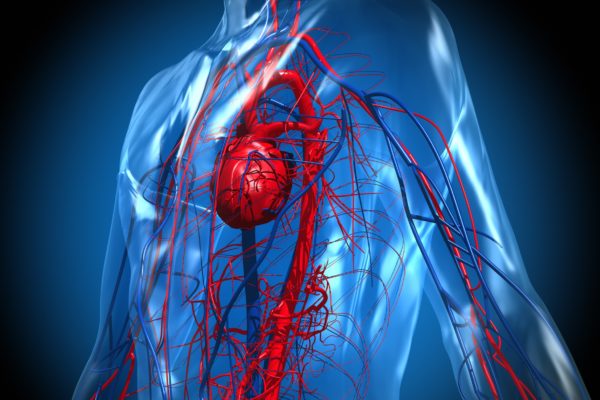
Patiëntenvereniging HOOFD-HALS
Voor mensen geraakt door hoofd-halstumoren
There are three parts to the ear. These are the outer, middle and inner ear. Although rare, cancer can affect all of these parts. When a malignant uncontrolled growth of cells occurs in the inner ear or in the external auditory canal, it is known as cancer of the ear. Cancer on the shell of the ear is usually classified as a type of skin cancer.
Cancers of the ear are rare: of all the tumours in the head-neck area, only 0.2% are cancers of the ear.
Cancers of the ear are mostly defined by their location.
The symptoms of ear cancer depend on the tumour location.
The cause of ear cancer is largely unknown. People with a history of chronic ear infections have a higher risk of developing cancer in the middle ear.
The only way to confirm a diagnosis of ear cancer is for an ear-nose-throat specialist to remove a small amount of tissue (biopsy) from the affected area of the ear. A pathologist then examines this under a microscope. Biopsies of the middle ear can be difficult. So in this situation, a patient might have a general anaesthetic instead. Doctors do not take biopsies of the inner ear, because it is very difficult to reach without causing problems to other structures around it. The doctor will make a diagnosis using MRI scans and CT scans. If the biopsy shows up positive for cancer, further tests also include an MRI scan or CT scan that help the doctors to decide on a treatment.
There are different staging systems for cancer of the ear, following the TNM system. T describes the size of the tumour, N describes whether there are any cancer cells in the lymph nodes and M describes whether the cancer has spread to a different part of the body.
The T staging for the ear canal and the middle ear is:
If the cancer is detected at an early stage, it can often be removed through surgery. Radiation therapy can serve as an adjuvant therapy, but can also be the sole form of treatment if surgery is not an option due to the location of the tumour or the stage it is in. Chemotherapy is only prescribed as part of palliative care, when healing is no longer an option and where pain relief is the main objective.






